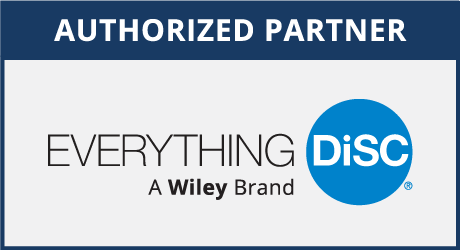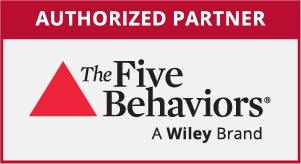Empower 2024: Choosing Your Theme Word for the New Year
This isn’t something I did intentionally. However, as I walk through my home it is obvious that I am drawn towards word pictures. These word pictures possess remarkable power. They encourage me, inspire me, make me laugh or smile, and they help to shape the thoughts and attitudes that bring about positive results in my […]














